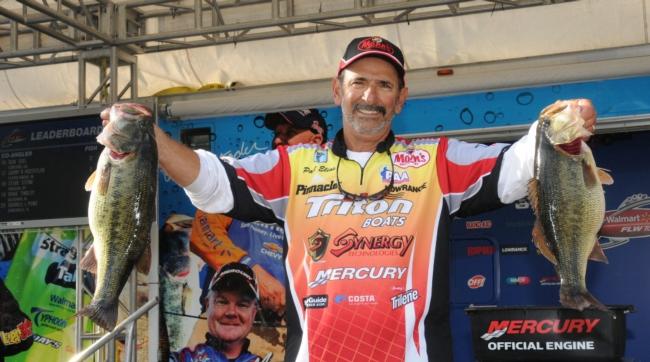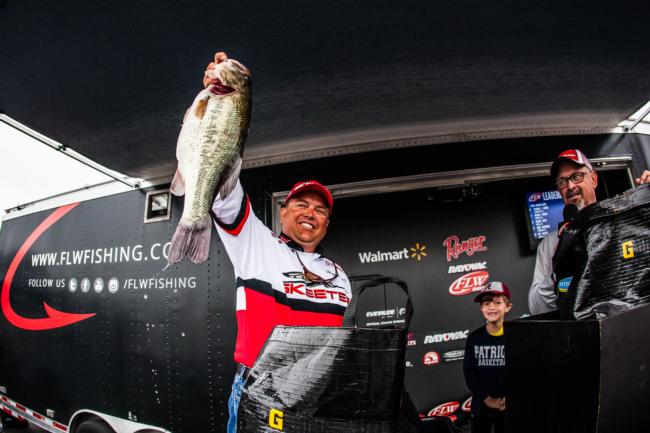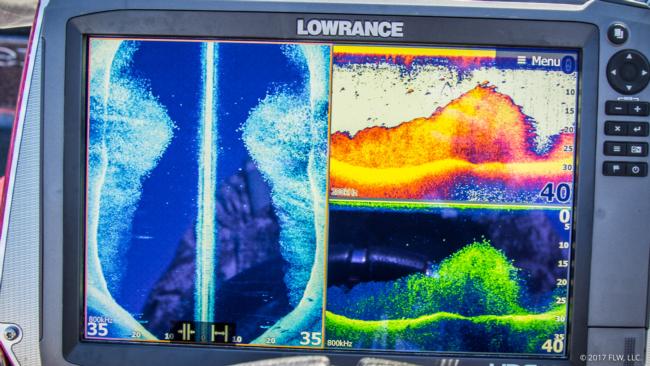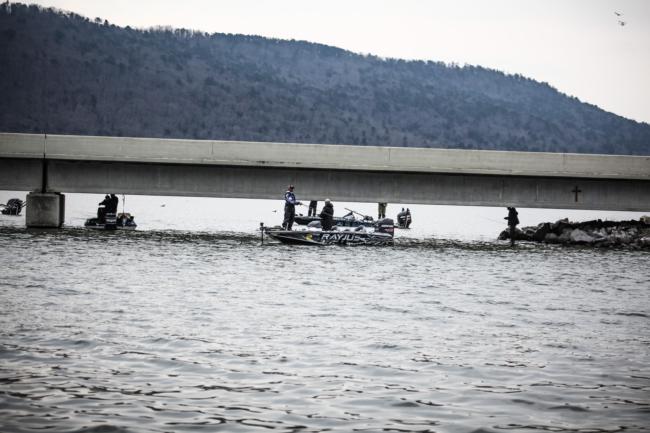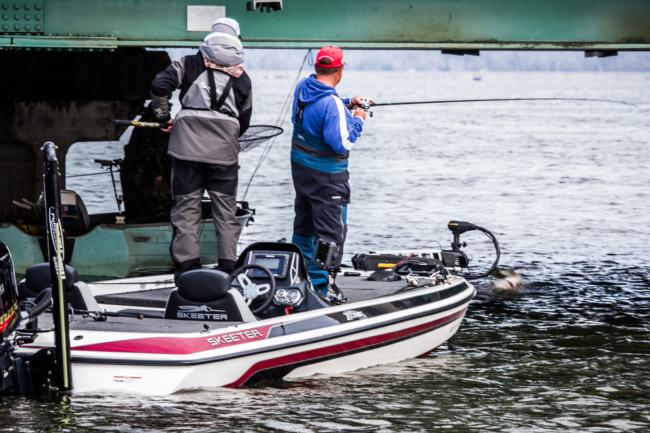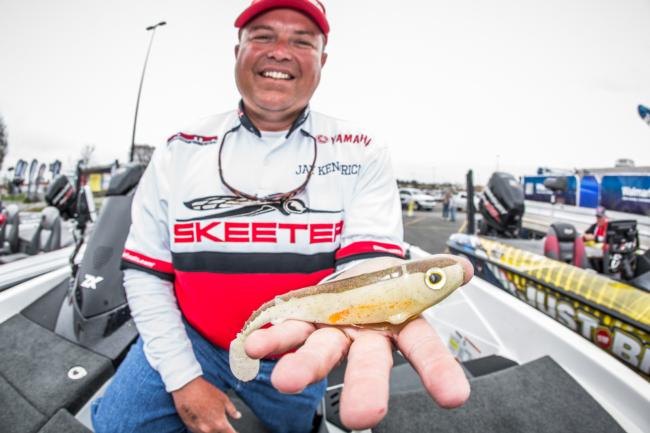Guntersville’s Big-Money Bridges
Will they play in the Tour opener?
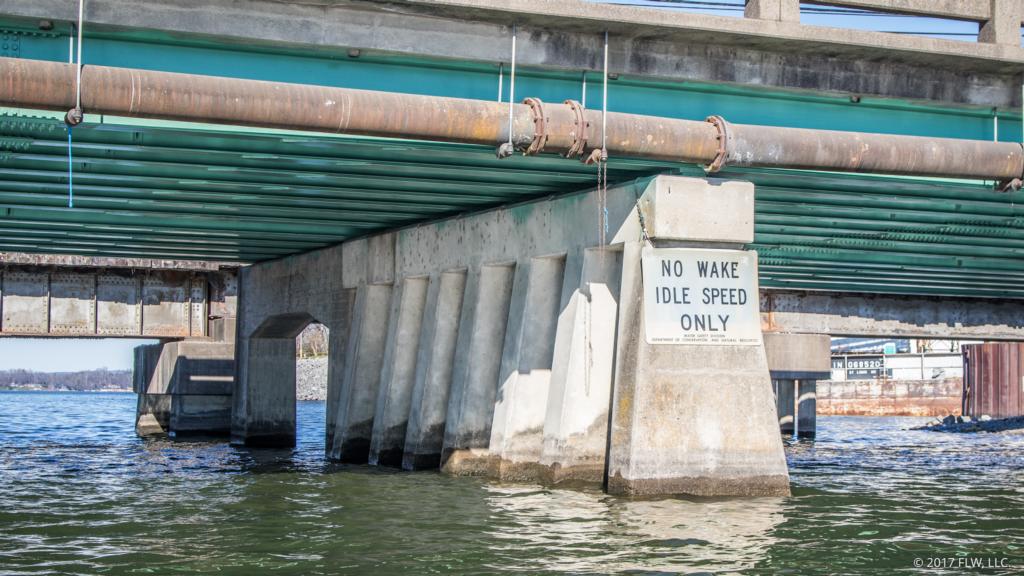
Lake Guntersville has a long history in tournament fishing. One of the most remarkable features of tournament competition at the famed Tennessee River reservoir is just how good the fishing is on the many bridges that cross it. Come Feb. 2-5, when the FLW Tour descends on the lake for the season opener, the bridges will once again be a major story line, if only because they have been so remarkably important in past wins.
The history
Between local competition and the top level, the number of wins accumulated on Guntersville’s bridges is too many to count, so it’s best to hit the highlights.
The biggest bridge win of all is Randy Howell’s 2014 Bassmaster Classic triumph, where he cranked a riprap corner for a pile of fish on the final day. In 2014 and 2015, respectively, Jonathan Henry and Jay Kendrick rode bridges and swimbaits to wins in the Costa FLW Series events held there. Back in 2011, Paul Elias pretty much lapped the field with an umbrella rig and a bridge in the FLW Tour Open on Guntersville, and David Fritts’ last win with FLW came in February 2009 with a crankbait and a bridge on G-ville. Though it’s hard to guarantee anything in fishing, bridges are almost sure to play at Guntersville.
Why they’re so good
One of the reasons that Guntersville’s bridges are so good is because of the sheer quantity. Unlike the average lake, where the majority of the roads go around the water, a road or two seems to cross nearly every creek on Guntersville.
Another reason is the way they’re constructed.
“They’re not really bridges; they’re causeways,” explains Henry, a Guntersville guide and FLW Tour rookie. “If they were really bridges and started with columns over the land they wouldn’t be very good. Those causeways are manmade, and they’ve got a tiny little bridge in the middle of them. For each one of those causeways, the fish have to swim all the way down the side and through the bridge and into the creek.”
Putting a funnel smack in the middle of a creek over the prime migration path for bass moving in and out can make for a special spot.
Though there are fish caught off Guntersville’s bridges nearly all year long, the best times are the seasons when bass are moving through them regularly, particularly in spring.
“It kind of depends on what the weather does,” says Henry. “I think fish fluctuate a lot more than people think. Even if they don’t want to go spawn I think they might move some at the first warming trend. Starting sometime in early February they usually start going. The last couple tournaments out here [as of the second week of January] haven’t been won on bridges. I don’t think they’re starting to swim through there yet all that great. But you can never count them out.”
Even when fish aren’t actively migrating through the gaps, there are bass to be caught around the bridges. Current often concentrates around the bridges when water is flowing, and there’s nearly always some bait, be it shad, crawfish or skipjack, that just like to live around the riprap.
Producing under pressure
The biggest problem with the bridges on Guntersville is that they’re too good. Between bank anglers, folks out fun fishing and tournament boats, there figures to be at least a few anglers fishing a bridge at any one time. That can make it very hard for a single angler to get the full potential out of a bridge.
“I think the bridges are always a viable pattern, but I’m not sure that you can win on a bridge when we’re going to be there,” says Kendrick. “There’s been so much attention on the bridges. You might be able to go to a bridge one day and do well, but I don’t think it can hold up for four days and a full field of practice. It’s such common knowledge that the bridges can be good, so I’m sure that everyone is going to try to find if the bridges can produce a viable bag of fish.”
One way the bridges might produce is with a more targeted approach, as opposed to just fish any and all bridges. In the 2015 Costa FLW Series event on Guntersville, Drew Benton cranked the riprap on a variety of bridges for fourth place and 26 pounds, 4 ounces on day one. Running the same bridges on day two, he only managed 15 pounds and change and dropped out of the top 10. In contrast, both Kendrick and Henry earned their Guntersville FLW Series wins with big final days off key bridge spots they hadn’t fished the previous tournament days.
“When I won [the 2014 FLW Series event], I kind of planned my whole tournament around three bridges, and I just went by a lot looking for my spots to be open,” says Henry of his strategy for dealing with pressure. “You can either just pound through it or fish a pattern in the area and wait for your spot to be open. I think a lot of guys don’t get on anything good and just go pound a bridge, and then it’s hard for anybody to get a limit.”
Making the most of the moment
Most of the success on Guntersville bridges has come via repeated presentations to one spot. Whether bass simply decide to bite on one spot or move through a very specific area when they start moving, being able to dial in on a key spot or presentation can be just as important on a bridge as it is on a dock, a bed or a ledge.
“As far as strategy for setting up the right cast and getting it down, I can do it easily. But a lot of guys don’t know the one cast to make or can’t figure it out,” says Kendrick. “One cast can mean a lot of things. If you’re talking about one cast to a specific piece of structure or one cast to a specific school of bait, or trying to figure out what direction you need to cast through a school of fish to trigger them to bite, it’s partly trial and error, but it’s about experience more than anything.”
According to Kendrick, being able to note exactly what the fish are relating to is key. You might be able to mark plenty of fish on a bridge, but knowing if they relate to bait, a current break or some kind of subtle bottom transition is a big part of figuring out how to trigger them.
“I won’t sit and say I’m an absolute expert at it,” says Kendrick. “There are times when I go out and mark what I think are bass and I can’t get them to bite. There are windows of opportunity, and hitting those windows of opportunity is going to be key. On the final day of the [2015] Costa I caught all of my fish in a 30-minute window. If you went back and looked at the raw footage off the boat you’d see nothing, nothing, nothing and a whole lot of fishing, and then for 30 minutes it was about every cast.”
Tactics to watch for
When it comes down to actually making casts, crankbaits (everything from a square-bill to a deep diver) and swimbaits have the most history on Guntersville. But there are other options.
“I’ve caught ’em on just about everything you can imagine, from topwater to things you fish solely on the bottom,” says Kendrick. “You can cover the whole water column and pretty much catch fish at sometime or another.”
If the Tour pros could throw umbrella rigs they absolutely would. With that out the window the other non-cranking and swimbait tactics will likely be more finesse. From a shaky head to a football jig, Henry says that a little slower approach can be a really good way to go.
Regardless of how the pros make the fish bite, there’s a good chance a bridge factors into the tournament story line somehow. It might be because someone waits all day for the bass to start moving and they never do, like Henry did in the 2015 Costa FLW Series event when he finished 156th, or it might be because someone pulls up at just the right time and loads the boat in epic fashion.
